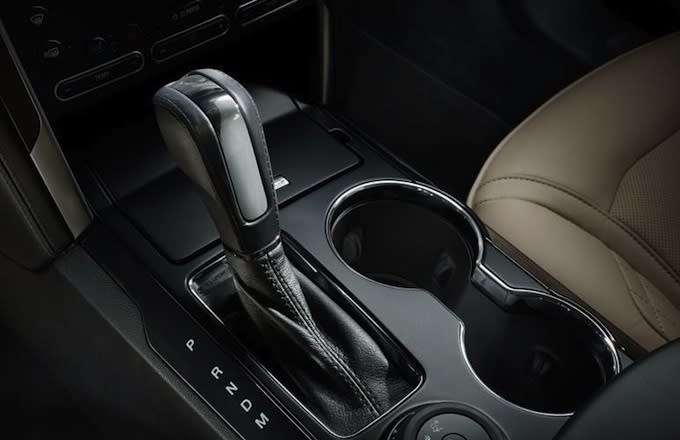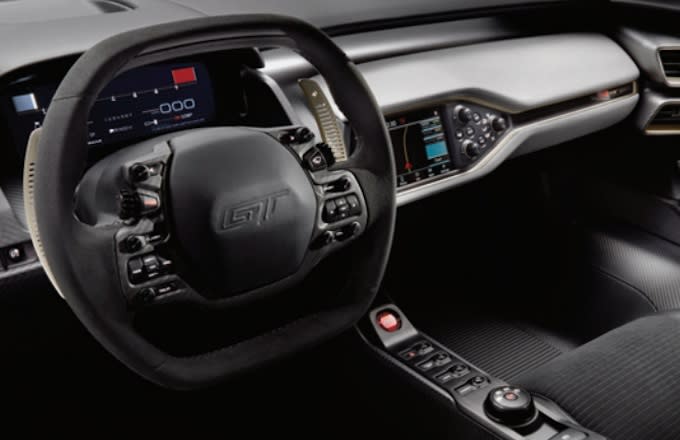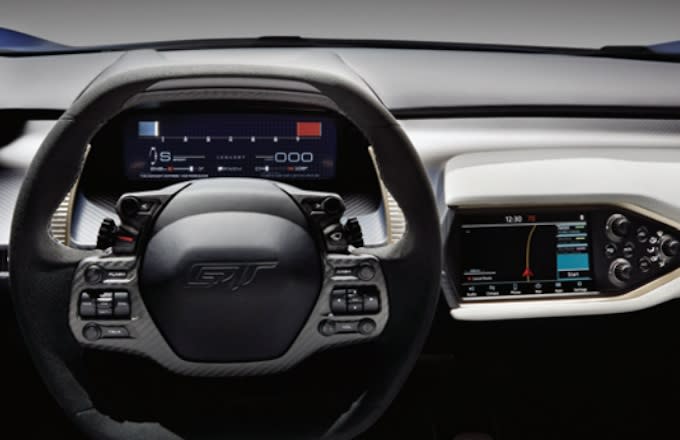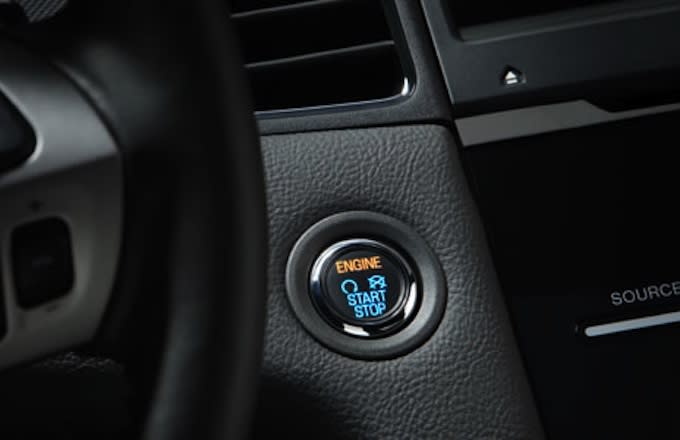
So you arrive at the lot, ready to make your big purchase, and the latest Mustang convertible catches your eye. Everything about this sports car appeals to you. You love its dramatic lines, its Cardinal Red paint job, and the way it sits low to the ground.
But before you take out your checkbook and drive your new car off the lot, you’d better take it for a test drive. Because ultimately, the exterior is why you like your car, but it’s the interior that will make you love it—it’s what you’ll be interacting with and seeing 99 percent of the time. And to know if a car is right for you, you have to know what it feels like to be behind the wheel. Can you read the meters? Do you instinctively ‘know’ where everything is? Does the steering wheel grip well?
1.

Researchers and developers have been studying interior car design for decades, trying to devise the perfect aesthetic. And in the past, the attempts to research this stuff have been rudimentary. They’ve amounted to putting a test subject in a car, asking the test subject questions, and then guessing what his or her answers might mean. It’s very subjective; designers go based off of their gut instinct and conjecture rather than solid evidence.
But now, with its latest line of automobiles, Ford is trying to inject some science into the creation process. By measuring peoples’ brain waves and tracking their eye movement, Ford is reading minds—quite literally—to find out what exactly consumers love about their cars.
2.

Electroencephalography, or EEG for short, sounds like something out of a science-fiction film. But the truth is that scientists have been measuring brainwaves for decades, ever since German psychiatrist Hans Berger conducted the first EEG in 1924. By the mid-1930s, it had become more than a scientific curiosity—there were practical, medical purposes for its use. Specifically, EEG’s were used, and are still used to diagnose and monitor epileptic seizures.
A trained observer can learn a lot about his or her subject’s state of mind by reading these waves. Longer ‘alpha’ waves are the resting state, where very little is happening. Shorter ‘beta’ waves show that the mind is preoccupied in some intellectual activity. And gamma waves, which are the quickest, are indicative of the highest order of functioning. An overabundance of beta or gamma waves could be an indicator of stress or anxiety—two negatives that any driver wants to avoid. Ford is asking, “When are drivers most stressed?” and “What can we do to make that moment more comfortable?”
3.

And by tracing peoples’ eye movements, Ford learns even more. What’s the first thing that people look at in a car? Is it the meters? Is it the radio? Do they look for a place to put their stuff? And where is the all-important cup holder?
Based upon the analytics, Ford uses three principles to guide its current and future designs. The first principle is to make the driver’s area “fit for purpose”—to group the various levers, buttons, and switches into ‘islands’ in accordance with usage and purpose. The goal is to make everything easily accessible. If a designer has done his or her job, the driver will barely have to move his or her arm (or not move it at all) to control the primary, secondary, and tertiary functions of the car.
The second principle is to create an interior that is “lean and lightweight.” Human beings desire open space; it’s a holdover from the most primitive parts of our brains, which tell us to ‘fight or flee’ when cornered in. There’s no worse, more anxious feeling than being trapped in one’s own car, especially during a day trip. And although there’s little that car manufacturers can do to make the space significantly bigger, designers can apply some clever aesthetic changes to make the best of the current space. Surfaces can be smooth and unadorned. The instrument panel can be two-tiered, which can create the illusion of additional space and depth.
4.

And the final, third principle is “perceived efficiency,” a precarious balance between comfort and stark efficacy. It’s the reason why all touchable materials (such as the area around the ignition) are soft and tactile and all technological areas (such as the control panel) are hard and unyielding.
None of this, of course, means that Ford is going to leave the traditional customer surveys behind—person-to-person feedback adds a humanized layer to design that cannot be supplanted by a machine. But this latest advancement is proof of our exciting, changing world. Technology does not always force us, kicking and screaming, into a brave new future. Sometimes, technology enhances our present lives and gives us comfort in familiar places, like behind the wheels of our brand new cars.
5.


